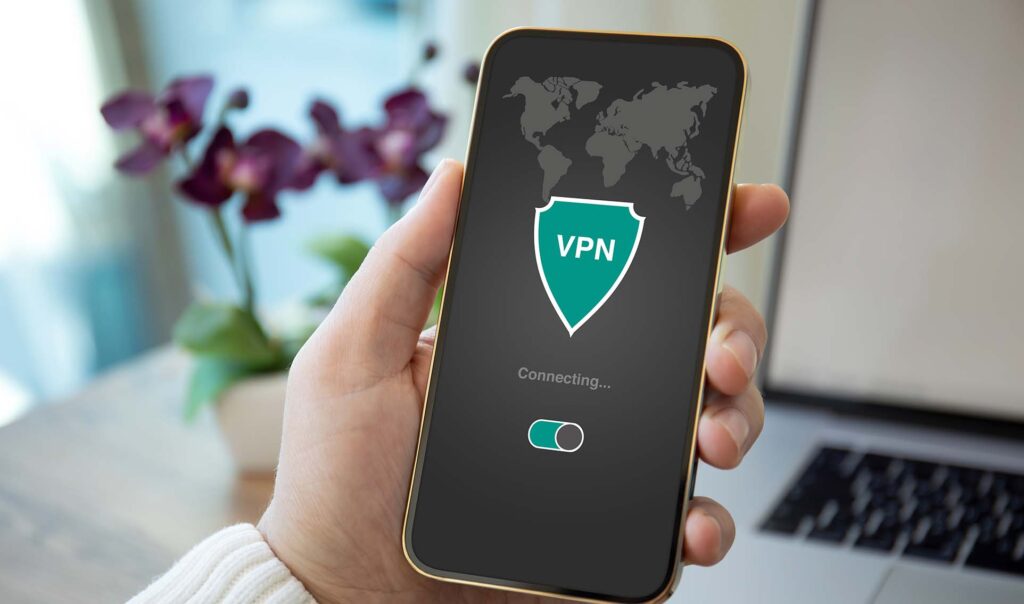How to Prevent Fraud and Keep Scammers from Robbing the Holiday Mood
The holiday season brings us many joys: delightful presents, special meals, family traditions and more. But the season is also becoming known for a not-so-pleasant surprise—an uptick in the already troublesome issue of financial fraud.
Financial institutions pay the price for such fraud, in more ways than one. Not only do they foot the bill for installing fraud detection tools, they also eat the dollars lost to fraud and sometimes even lose customers who blame them for breaches or hacks related to their products or services.
In addition to using artificial intelligence, biometrics, behavioral analytics and other tools to combat fraud this time of year, don’t forget about the greatest non-technical tool in your defensive arsenal: customer communications.
In fact, it’s time for some frank conversations with your customers.
Tackling Fraud Prevention by Exploring Current Scams
Holiday get-togethers may not be the place to address delicate issues with family members, but the holidays are the ideal time for financial institutions to tackle the thorny issue of fraud with their customers. Financial crimes—cyber and physical—occur year-round, but between Thanksgiving and New Year’s they tend to spike.
 Financial criminals take advantage of increased credit card activity and busy consumers.
Financial criminals take advantage of increased credit card activity and busy consumers.
To exacerbate this issue, the holidays are prime vacation time for bank staff members, leaving institutions short-handed at the very time they face more transactions and more fraud attempts.
Therefore, it takes a concerted effort between institutions and their customers to fight this holiday scourge. Make customers aware of the most popular scams to ensure they don’t fall victim to the con:
- Charity scams: Everyone is in a giving mood over the holidays, as many want to share their bounty with those less fortunate. Regrettably, scammers know this and seek to exploit it. From fake charities to bogus crowdfunding pleas, exhort your customers to investigate the legitimacy of anyone asking for donations and encourage them to stick with well-known charities or causes.
- Too-good-to-be-true deals: Consumers are bombarded with emails and social media posts about unbelievable shopping and travel deals throughout the holiday season. Caution your customers to be wary, as criminals are adept at creating fake lookalike websites, which lead to non-delivery of items paid for, stolen credit card information and/or malware on consumer devices.
- Package delivery scams: The Better Business Bureau warns that this type of scam prevails during the busy holiday shopping season. Fraudsters will send phishing texts or emails posing as delivery notices with fake—and malicious—tracking links. Such schemes seek to gain the recipient’s personal information or incite them to download malware. Before taking any requested action, consumers should attempt to confirm the legitimacy of texts, email or paper notices about delivery issues or missed deliveries. Suggest that they contact the delivery company directly to ask about the status of expected packages.
- Gift card fraud: Hackers target gift cards by tampering with them in stores or coercing victims to pay for items with pre-paid gift cards. Encourage customers to always purchase gift cards from trusted stores and exercise caution if a seller pressures them to make a payment via gift card.
- Unsolicited calls: Scammers are increasingly posing as representatives from banks in an attempt to solicit information, often sending unsuspecting customers a one-time code to validate their identity. This is not a practice that most banks use. When in doubt, encourage customers to hang up and call the bank back using the number on their website or on the back of their card. That way, if the number is being spoofed on caller ID, the customer can confirm they’re speaking to an authorized representative—and not a scammer trying to solicit secure information.
- Emotional scams: Finally, warn customers about cons that play on their emotions, i.e., fake contest alerts, bogus “Dear Santa” and “Name-a-Star” schemes and, of course, romance scams.
Raise Customer Awareness of their Surroundings to Fight Fraud
 Despite increases in cybercrime, physical fraud and theft still occur.
Despite increases in cybercrime, physical fraud and theft still occur.
Financial criminals have certainly taken full advantage of cyberspace to commit fraud. But your customers need to realize that traditional forms of physical fraud and theft still occur. This is especially true during the holidays because fraudsters can count on the following:
- More people: Whether it’s visiting family, friends or neighbors dropping by, party guests or delivery drivers, more people are going in and out of consumers’ homes this time of year. It only takes one unscrupulous visitor to steal valuables, personally identifiable information or financial account records.
- More travel: Spending the holidays away from home leaves unoccupied houses susceptible to theft, and travelers more exposed to card fraud in route to and while at their destination.
- More stress and distraction: Normal activities like work or household chores don’t stop for the holidays. When you add shopping, gift wrapping, additional cooking and traveling to the mix, consumers tend to let their guard down. Remind customers not to leave purses, wallets or devices unattended or account information in view of others, even if only for a moment. Criminals are waiting to pounce.
Urge Customers to Actively Participate in Fraud Prevention
It’s also important to arm customers with ways that they can actively safeguard themselves against fraud. Sharing these valuable tips will, in turn, also help protect your institution, and ultimately, its reputation.
- Check bank accounts: Remind customers that digital banking makes it possible for them to monitor their bank and credit card accounts at any time between statements, which is a wise thing to do. The quicker they report suspicious activity or unrecognized transactions, the sooner the fraud can be stopped.
- Chip over swipe: According to a report by Visa, over 80% of U.S. merchants now have chip card readers, and for those businesses, EMV technology has reduced point-of-sale fraud by 87%. In fact, nearly 80% of all card present transactions in the U.S. from July 2020 through July 2021 were chip-based. Make sure your customers know that their cards are far less likely to be hacked when they dip their chip instead of swiping their card. Additionally, contactless payments—which offer consumers the opportunity to tap or hover their card over a terminal’s contactless symbol—are just as secure as inserting an EMV card.
- Private, not public: Help customers understand that it is not safe to conduct online shopping or banking when on public Wi-Fi. The only way to ensure that hackers aren’t eavesdropping on your activity—and pilfering your credit card or personal information in the process—is to use password-encrypted private Wi-Fi or a virtual private network.
- Don’t take a pass: When consumers use weak passwords, their accounts are vulnerable. Worse yet, if they use the same password for multiple accounts, they are exponentially at risk. Explain to your customers the importance of using a strong and unique password for each account and utilizing multi-factor authentication for important accounts whenever available.
- Get notified: Your customers can also take the proactive step of using available card technology to protect themselves. This includes taking full advantage of On/Off card features and setting up card purchase notification features for both debit and credit cards.
 A VPN is one way to ensure the safety of your customers’ personal information.
A VPN is one way to ensure the safety of your customers’ personal information.
Partnering with Customers to Fight Holiday Fraud
Like most difficult conversations, it will likely take more than one attempt for your customers to truly absorb the fraud prevention message. Since fraud can have far-reaching effects, it is worth the time and effort to use all communication vehicles at your institution’s disposal to prevent it: statement and website messages, social media posts, texts, emails and in-person interactions.
It is possible to turn the unwanted surprise back on scammers and fraudsters. Empower your institution, its staff and customers to stand on the front line together to stop fraud in its tracks this holiday season.
And the messaging doesn’t have to end with the holidays. Routine cybersecurity dialogue throughout the year benefits everyone. Download CSI’s white paper to learn more about how you can mitigate risk for your institution, its staff and customers during the holiday season and beyond by prioritizing cybersecurity education and reinforcing the importance of good cyber hygiene.
GET YOUR COPY
Matt Herren is the Director of Payment Strategy at CSI. With a strong focus on emerging technologies and how they apply to the financial industry, Matt has led CSI’s effort to drive innovation in the payment space. In his role, Matt has worked to enhance customer experience and helped direct innovative product offerings to increase bank profitability, allowing banks to realize industry-leading results and maximize program performance.